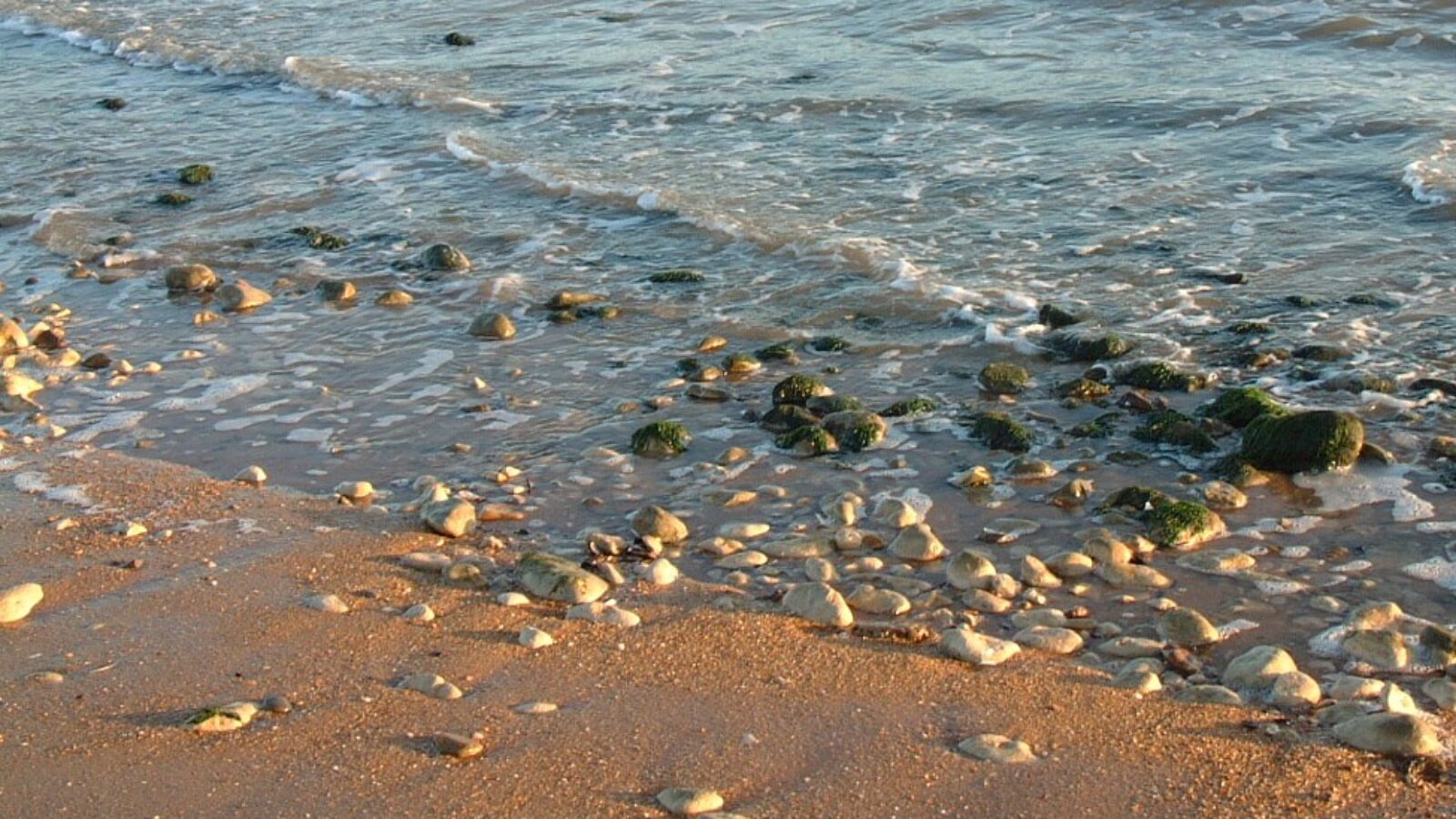A little tour around the coastline
A little tour around the coastline
Whilst staying at the Gîte de la Gravée you will almost certainly spend a day by the sea – but where?
You couldn’t possibly manage the whole coastline in one day as it spreads over 250km (155miles) with 140km (87 miles) of beaches. From the Brittany marshes in the north to the Aiguillon bay at the south, this coastline offers you a varied landscape. Two islands are linked to the Vendée – in the north the Ile de Noirmoutier linked by the Gois passage or the bridge and the Ile of Yeu which is accessed by boat or helicopter.
The Vendée coast is called the ‘Coast of light’ thanks to its extremely sunny weather.
Discover the area by bike: the cycle lane covers over 200km of coastline linking Bouin at the north to Aiguillon at the far south.
The Aiguillon Bay
The Aiguillon Bay
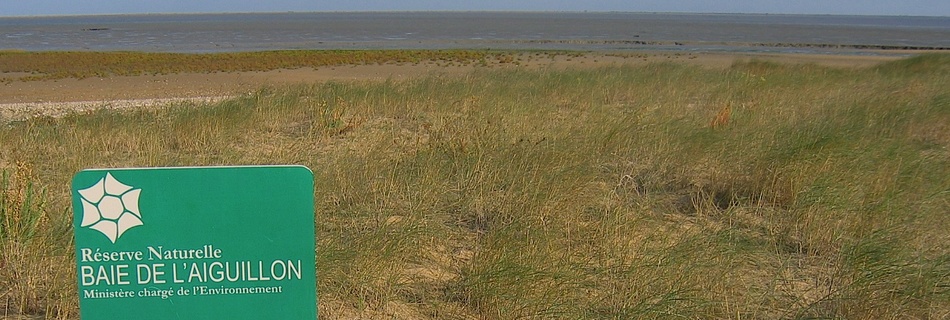
Follow us and we will take you from the Aiguillon Bay to the Sables d’Olonne.
Lets start at the Aiguillon bay, naturally linking the poitevin marshes and the Atlantic ocean.
Birdwatchers can enjoy this migration area – take your binoculars and don’t forget to stop off at the nature reserve: réserve naturelle de Saint Denis du Payré.
The Aiguillon bay is known for its mussels – moules de bouchot: at low tide if you travel towards the Aiguillon point you will notice the stakes of mussels and the oyster beds.
On a clear day you can see the Ile de Ré bridge and the Ile de Ré from the Aiguillon point.
The Vendée beaches
The Vendée beaches
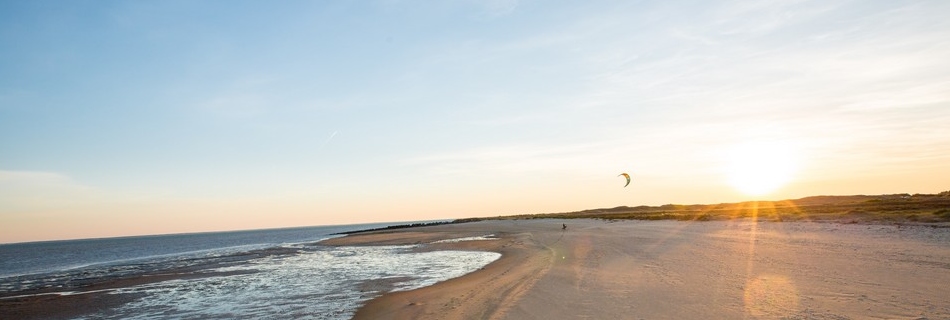
Cross the bridge at Aiguillon sur Mer and you arrive at la Faute sur Mer. Between le Lay and the Atlantic Ocean it is a Coastal strip at the south of the Vendee. La Faute sur Mer is a lively seaside town in the summertime.
La Faute sur Mer has over 8 km (5 miles) of beach, not forgetting the Arcay point – a nature reserve which forms a peninsular with le Lay on one side and the Atlantic Ocean on the other. At the tip is a naturist beach.
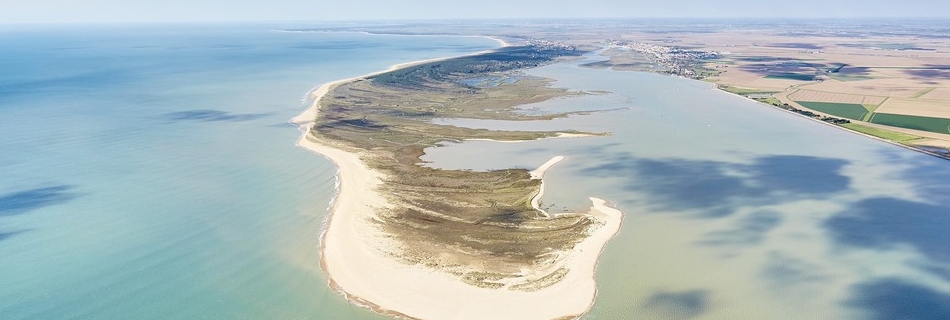
If you follow the coast line you will arrive at la Grière, a borough of La Tranche sur Mer where you will see houses in the pine trees leading down to the beaches.
If you continue your journey you will arrive at la Tranche sur Mer, summer seaside town on the Coast of Light with its 13km (8 miles) of south facing sandy beaches. This seaside town offers an array of water sports, fishing, a marina and there are cycle routes too.
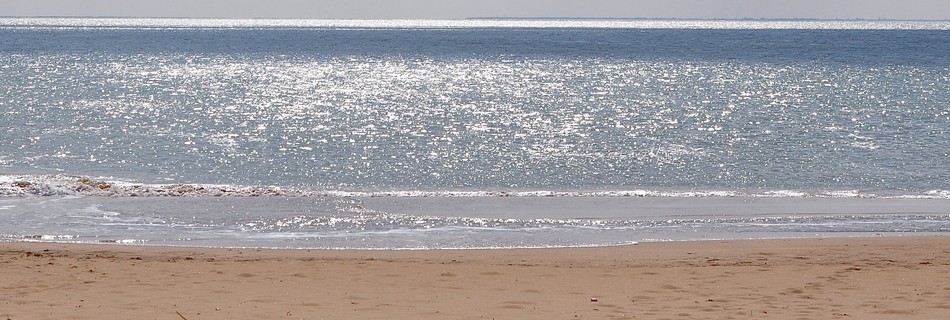
To the north of la Tranche sur Mer is la Terrière is a wild beach 2km long bordered on one side with dunes and pine forests. The beach has lifeguards during the summer months. There are lots of water sports here including yachting and surfing. The northern part of the beach is reserved for naturists.
In between La Terrière and Saint Vincent sur Jard is Longeville sur Mer with its three beaches one of which is les Conches.
For history buffs at Saint Vincent sur Jard you will find Clemenceau’s house where he spent his retirement.
Jard-sur-Mer is a seaside town built around a marina with 7km (over 4miles) of coast, both rocky and sandy.
Back to Talmont-Saint-Hilaire (which has a 1km long Veillon beach, with lifeguards in summer) can be found in between the sand dunes and the sand, the ocean and the estuary of the Payré river and a pine forest. Water sports, shore fishing, and lazing around can all be enjoyed here.
At the end of the estuary of the Payré you will find la Guittière, with its oyster beds and oyster farming industry known as “Vendée Atlantic Oysters’. In Talmont there is also an old castle to visit – a real Vendée coastal fortress.
Les Sables d'Olonne
Les Sables d'Olonne
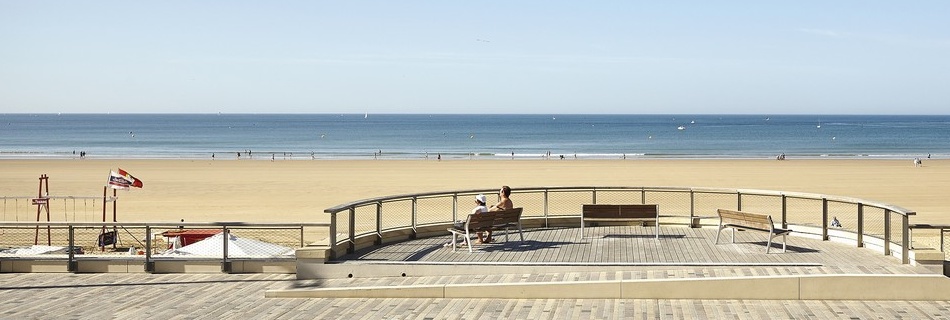
Take the Sables d’Olonne road along the cornice and drive alongside the Cayola bay : a wild and steep coastline.
A must see is the Puits d’enfer – the wells of hell: a fault line in the rock 12 metres deep and 3 metres wide runs over a distance of approximately 50 metres. During storms the waves crash in – an impressive site but be careful not to get carried away on a wave.
The large Sables D’Olonne beach is the most famous of all of the Vendée resorts. Above the embankment is a promenade which runs alongside the beach which faces due south and is more than 3km (2miles) long.
Don’t forget the village of la Chaume, with its Arundel tower, fishing village and restaurants.
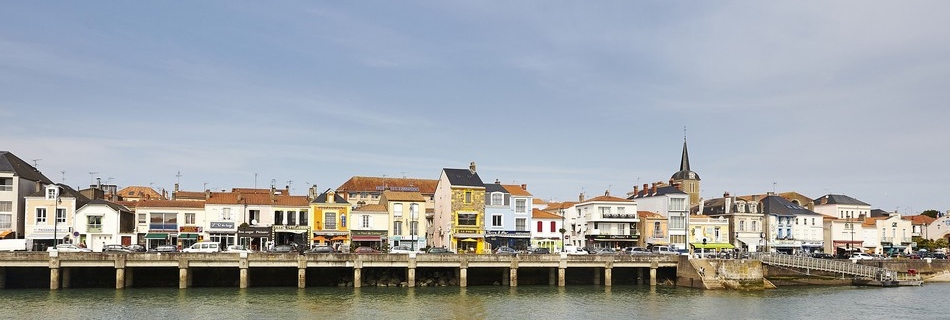
Every four years in November the departure of the single-handed non-stop around the world yacht race called the Vendée Globe starts from here. Spectators accompany the yachts out of the channel in their boats towards the ocean.
The Vendée Islands
The Vendée Islands
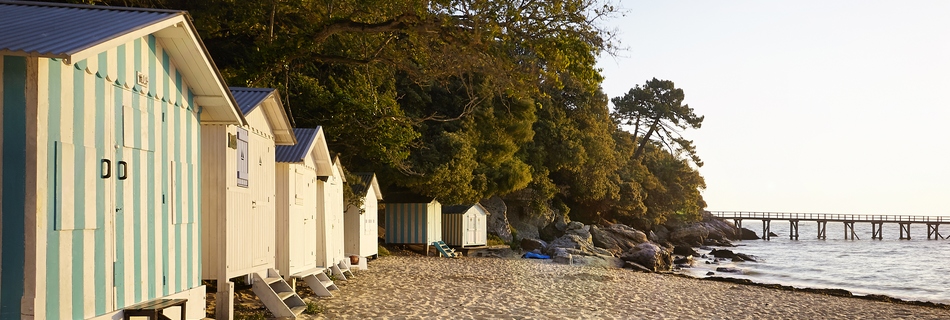
The Vendée coastline doesn’t stop at the Sables d’Olonne, but follows its route towards the Breton marshes at the north of the Vendée. On the way from the Sables d’Olonne to the island of Noirmoutier is the Saint-Gilles-Croix-de-Vie, a little known port famous for its sardines, Saint Jean de Monts and Notre Dame de Monts. The islands of Yeu and Noirmoutier complete the northern Vendée coast.
Our recommendations for local specialities
Our recommendations for local specialities
Known for its mussels, oysters and shellfish, the Vendée coastline is also home to sardines including sardines of Saint Gilles Croix de Vie.
Oyster farmers and mussel growers will be happy to advise you.
The salt marshes are where you can find sea salt and fleur de sel (flower salt) the thin, delicate crust from the surface of the sea water. You can visit the salt workers and find out more about their work.
2 great recommendations at the Sables d’Olonne are: le Quai des Saveurs and le Cayola in Cayola bay.
